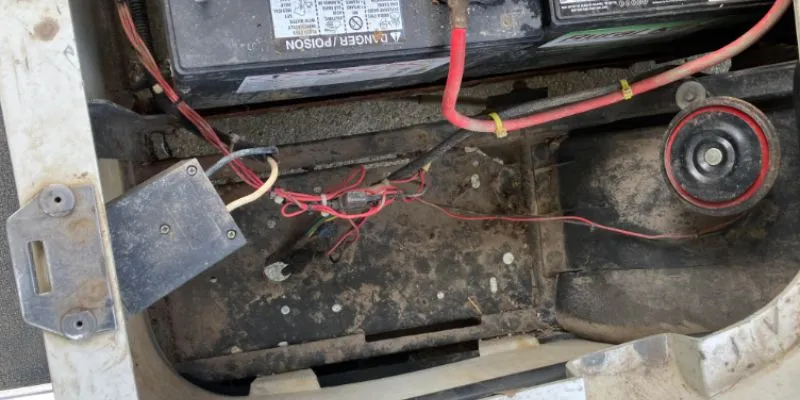-
Shopping Tools
-
Care & Maintenance
-
About
-
Dealer Login

Does your golf cart lurch, buck, or pulse at steady throttle? Surging usually traces to battery, throttle, motor or controller faults—or gas-side ignition and carb issues.
Surging is that on-off, stop-go sensation when you hold the pedal steady yet speed keeps rising and falling. It’s almost always an electrical delivery or fuel/air delivery problem. Because golf carts come in electric and gas configurations, you’ll diagnose them differently, but the logic is the same: confirm clean power or fuel, valid throttle input, and a healthy drive unit (motor or engine) governed by a controller or carburetor that isn’t “hunting.”
Load-test each battery; any cell that collapses under pedal input will make the cart surge. Replace in matched sets to keep the pack balanced.
A jumpy sensor equals jumpy speed. If the output isn’t smooth through the entire pedal sweep, calibrate or replace the sensor module.
Brushes shorter than spec, glazed commutators, or a failing speed sensor produce intermittent torque. Service brushes and clean the commutator; replace the sensor if open or erratic.
Overheating or failing power stages limit current then restore it, creating a surge rhythm. Improve cooling, verify grounds, and replace the controller if diagnostic codes point that way.
Swap in a new plug first—it’s fast and cheap. If surging persists, test the coil’s resistance and inspect the module; intermittent spark is a classic culprit.
Disassemble and clean. Ensure the main jet is clear, float height correct, and idle mixture within spec. Replace brittle gaskets and cracked vacuum hoses.
Surging is a symptom, not a mystery. Verify clean, stable power (or fuel), confirm a smooth throttle signal, then validate the drive unit and its governor—controller on electric, carb/ignition on gas. Work methodically and your cart will return to steady, predictable acceleration.
